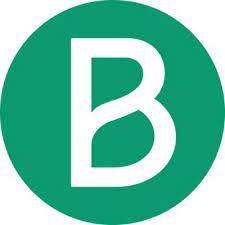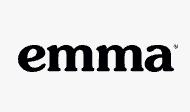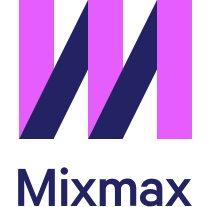Mailshake vs Pardot
Hyperise integrates with 100's of sales and marketing tools, many of which are in the Email Marketing category. With so many to choose from it's sometimes hard to know which is best, but don't worry, we've got your covered.
In this comparison guide we're going to look at the Highlights, Pros, Cons and Pricing of Mailshake and Pardot. We'll also delve into the details of which offers the best personalization options within Email Marketing, with there respective Hyperise integrations

Mailshake
Pricing: Mailshake is an email marketing platform that provides tools for outreach and sales engagement. The platform offers a range of pricing plans to fit different needs and budgets: 1. $59/month: This plan includes 1 user, unlimited email sends, and basic features. 2. $99/month: This plan includes 1 user, unlimited email sends, advanced features, and team reporting. 3.Vs
Pardot
Pricing: Pardot is a CRM platform that provides marketing automation solutions. Its pricing is based on the number of contacts or users a customer wants to manage. The available packages are: 1. Growth: This package costs $1,250 per month and includes up to 10,000 contacts. 2. Plus: This package costs $2,500 per month and includes up to 10,000 contacts. 3.
Mailshake vs Pardot Highlights
Mailshake and Pardot are two different software platforms that have distinct features and purposes. Mailshake is an email marketing platform that allows businesses to create and implement email campaigns efficiently. It enables users to send personalized emails, automate follow-up sequences, and track engagement metrics, among others.
On the other hand, Pardot is a CRM platform that focuses on lead generation, nurturing, and conversion. It helps businesses manage their sales funnel by automating email campaigns, lead scoring, and segmentation. Pardot also integrates with Salesforce, a leading CRM tool, to provide a seamless experience for the sales team.
The main difference between Mailshake and Pardot is their focus. While both platforms have email marketing capabilities, Mailshake's primary purpose is to help businesses send effective email campaigns. Meanwhile, Pardot is a comprehensive tool that caters to lead management, email marketing, and sales automation.
Therefore, businesses that are looking for a tool that can handle their entire sales and marketing process may choose Pardot. However, businesses that require a simple and efficient email marketing platform may opt for Mailshake.
Mailshake vs Pardot Pros
Mailshake Pros
- Here are some advantages that Mailshake (Email Marketing Platform) has over Pardot (CRM Platform):
- Affordable Pricing: Mailshake offers flexible pricing plans that are more affordable compared to Pardot's expensive pricing model, making it an ideal choice for small businesses and startups.
- Ease of Use: Mailshake is user-friendly and straightforward to use, and it comes with a simple drag and drop email builder that you can use to create campaigns quickly. Pardot is more complex and requires extensive training to use.
- Better Email Deliverability: Mailshake uses advanced email deliverability features, including DKIM and SPF, to ensure high email deliverability, whereas Pardot relies heavily on the CRM's email servers, which may affect email deliverability.
- Integration with CRMs: Even though Pardot is a CRM platform, Mailshake offers seamless integrations with a variety of CRMs like Salesforce, Hubspot, and Zapier.
- Better Customer Support: Mailshake boasts a responsive and knowledgeable customer support team that actively engages with users and provides ample resources to help users resolve any issues they may encounter. Pardot's support is notoriously slow and often not helpful.
Pardot Pros
- Pardot provides a 360-degree view of customer interactions, whereas Mailshake is specifically focused on email marketing campaigns.
- Pardot offers advanced lead scoring and grading capabilities, which Mailshake does not have.
- Pardot offers personalized lead nurturing based on prospect behavior, whereas Mailshake offers a more generic approach to email outreach.
- Pardot provides better integration with sales automation tools, which can help sales teams work more efficiently.
- Pardot offers more advanced reporting and analytics features compared to Mailshake.
- Pardot offers more customization options for landing pages, forms, and email templates, whereas Mailshake's customization options are limited.
Mailshake vs Pardot Cons
Mailshake Cons
- Mailshake is primarily focused on email marketing and lacks the more advanced CRM features found in Pardot.
- There is limited lead tracking and reporting capabilities in Mailshake compared to Pardot.
- Mailshake does not offer native integration with Salesforce like Pardot does, making it less effective for businesses using that CRM.
- Mailshake does not have lead scoring and grading, making it difficult to prioritize leads, unlike Pardot.
- Mailshake is not as customizable compared to Pardot, as it offers limited branding and design choices.
Pardot Cons
- Pardot may have a steeper learning curve for beginners compared to Mailshake.
- Pardot is primarily focused on B2B marketing while Mailshake is more versatile for both B2B and B2C email marketing needs.
- Pardot may require a longer setup and implementation time as it requires integrating with Salesforce CRM.
- Pardot has higher pricing plans compared to Mailshake, which could be a challenge for smaller businesses with a limited budget.
- Pardot does not have a built-in A/B testing functionality, unlike Mailshake.
Mailshake & Pardot Hyperise Integrations
Mailshake uses the Image embed method to integrate with Hyperise, giving a simple way to add personalized images to your messages.
Mailshake makes the following data points available to Hyperise, to enable personalization in images used in outreach and linked out to your personalized website landing pages.
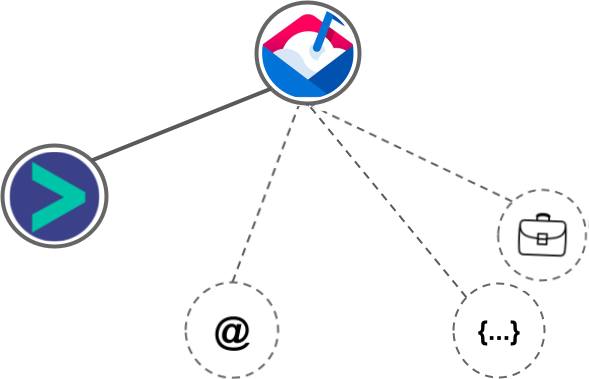
- Using business Email passed from Mailshake, Hyperise is able to enrich business logo and website screenshots. In some cases, with a business Email we're also able to enrich profile images, subject to the business email having a publicly available profile.
- Business name
Mailshake Integration Guide
Pardot uses the HTML code embed method to integrate with Hyperise, giving a simple way to add personalized images to your messages.
Pardot makes the following data points available to Hyperise, to enable personalization in images used in outreach and linked out to your personalized website landing pages.
- Using business Email passed from Pardot, Hyperise is able to enrich business logo and website screenshots. In some cases, with a business Email we're also able to enrich profile images, subject to the business email having a publicly available profile.
- Using business Website passed from Pardot, Hyperise is able to enrich business logo and website screenshots.
- Business name
- City
- State
- Country
- Zip
- Category
Pardot Integration Guide
 vs
vs  vs
vs 

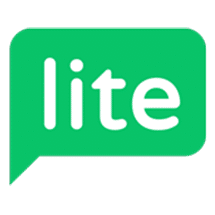 vs
vs  vs
vs  vs
vs  vs
vs 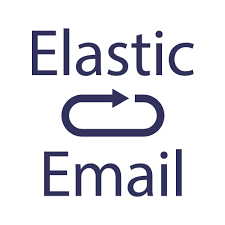 vs
vs  vs
vs  vs
vs  vs
vs 
 vs
vs  vs
vs  vs
vs 


 vs
vs  vs
vs  vs
vs  vs
vs  vs
vs  vs
vs  vs
vs  vs
vs 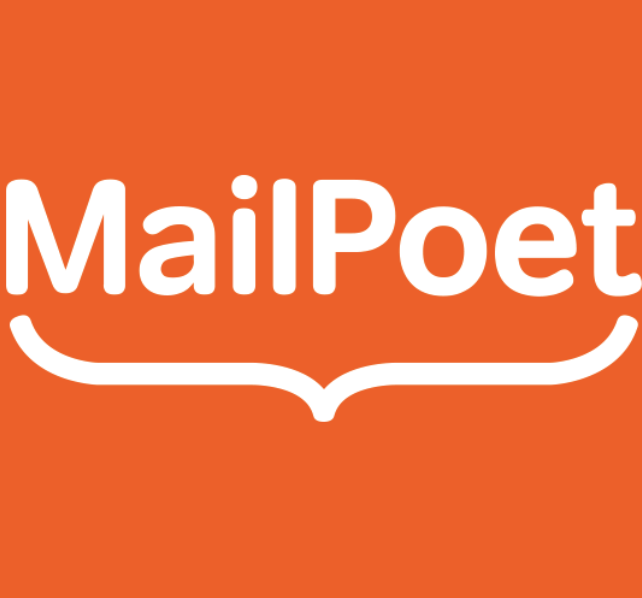 vs
vs  vs
vs 







 vs
vs  vs
vs  vs
vs 